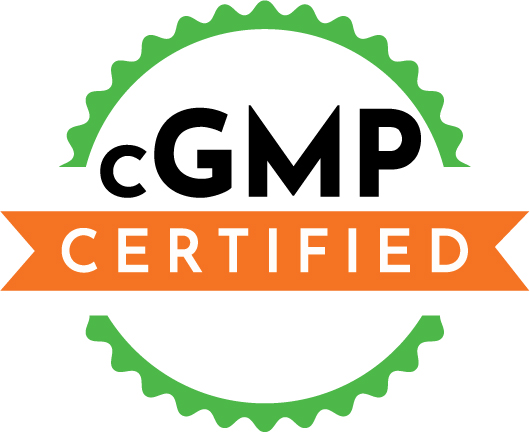Launching your pet supplement business but don’t know where to start?
Launching your pet supplement business can be daunting. When choosing a white label supplier, it’s essential to consider product quality, compliance, branding, packaging and fulfillment. Should you opt for existing formulas or customize your own? What regulations are important? How can you make your brand stand out? To help navigate this process, here are key FAQs covering supplier selection, ingredient standards, labeling requirements and more—so you can launch with confidence.
Which white label pet supplement supplier is best for my needs?
When launching your pet supplement business, look for suppliers dedicated to producing high-quality pet health supplements and treats. An ideal partner will have expertise in private label, custom manufacturing and contract manufacturing services and have a robust quality assurance program.
Do they specialize in pet products?
You’ll want to choose a supplier that focuses exclusively on pet health products. They should offer a variety of options, such as soft chews, powders, baked treats, oils, and liquids.
Do they have a good industry reputation?
A reputable supplier will be recognized for their commitment to quality and compliance, with facilities that are cGMP certified, USDA inspected, and FDA registered, adhering to the highest industry standards.
Are their ingredients high-quality and safe?
Make sure the supplier prioritizes high quality ingredients and if they offer human-grade ingredients, ensure that all those ingredients and components are stored, handled, processed and transported according to federal regulations.
Are the supplements compliant with regulations?
Check if their products comply with one or several of the following regulations, 21 CFR part 117, 21 CFR part 111 or 21 CFR part 507 and whether their manufacturing facility meets NASC cGMP requirements, which reflects their dedication to high quality industry standards.
Is there a minimum order quantity (MOQ) required for launching your pet supplement business?
A supplier that offers low minimum order quantities allows you to start small and scale up as your business grows.
Can I customize the formulation, or am I limited to existing formulas?
Look for suppliers that provide both options: selecting from existing formulations for private labeling or collaborating to develop custom formulations tailored to your brand’s unique needs.
What are the lead times for production and reorders?
Ask about their operation processes. Is it streamlined? Do they make, package, label and distribute products? A streamlined operation is essential for reducing the time it takes to bring products from concept to market, ensuring timely fulfillment of orders.
What branding options do I have?
Choose a supplier that offers customizable packaging and label design services, allowing your products to stand out on shelves, in clinics or online. You should have the option to select from standard packaging or create a unique look that reflects your brand identity.
Does the supplier provide packaging, or do I need my own?
It’s important to find a supplier that offers packaging solutions and can assist with label design to ensure your products are market-ready.
Can I use sustainable or eco-friendly packaging?
Consider suppliers that understand the importance of sustainability and offer packaging options aligned with eco-friendly practices.
What are my labeling requirements?
A good supplier will guide you through the labeling process to ensure compliance with all regulatory standards.
How do I ensure my branding resonates with pet owners?
Collaborating closely with a supplier can help develop packaging and labeling that appeal to pet owners, using colors, messaging, and imagery that align with your brand and attract your target audience.
In short, Bimini Pet Health checks all the boxes for starting your own dosage form pet health supplement brand. From high-quality ingredients and compliance with industry standards to customizable formulations and eye-catching packaging, they provide the support you need every step of the way. With their expertise and commitment to quality, you can confidently launch a brand that resonates with pet owners and stands out in the market.


